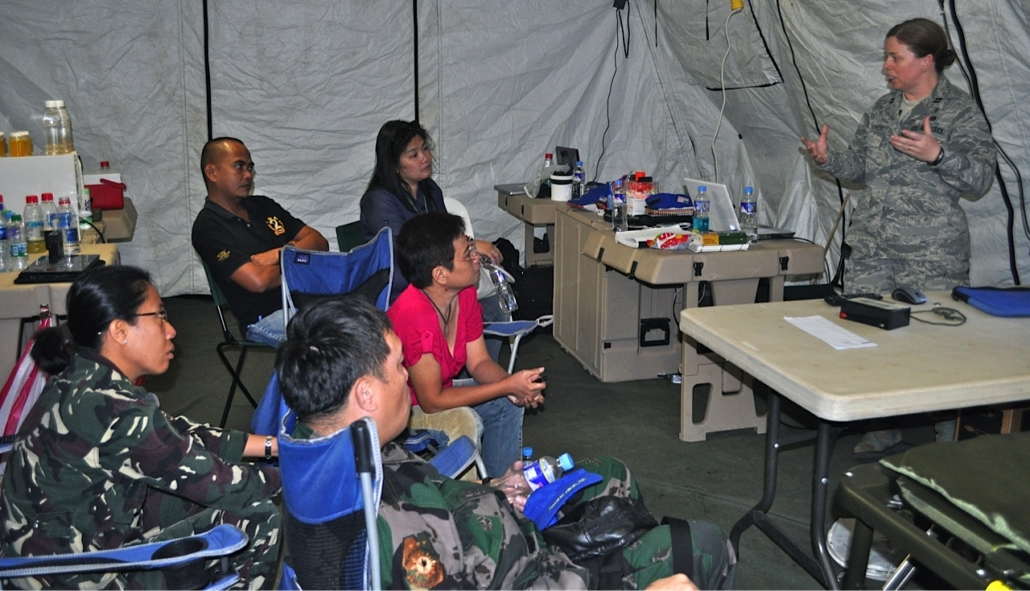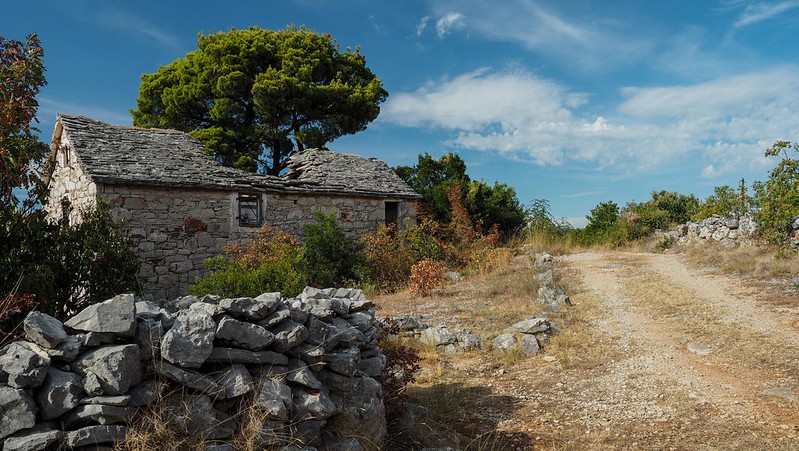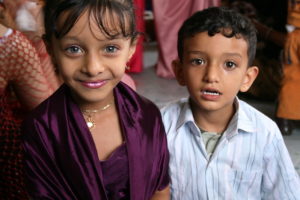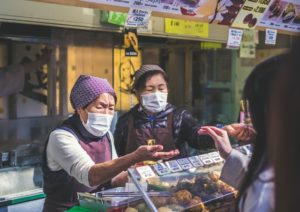
The leading cause of death in Sub-Saharan Africa is malaria. There were 228 million cases of malaria globally in 2018. Additionally, there were 405,000 deaths, 94% of which were in Sub-Saharan Africa. The treatment improves in recent years and malaria has begun to decline globally. However, concerns about receiving treatment for malaria occurs during the COVID-19 pandemic. Recent results from the Global Fund’s biweekly survey of HIV, TB and malaria treatment programs found that 73% of malaria programs reported disruption to service delivery. Around 19% reports high and very high disruptions.
Lockdowns canceled activities within the programs. There are restrictions on the size of gatherings, transport stoppages, COVID-related stigma and patients are not seeking health services as usual. The World Health Organization predicts that deaths from malaria in Sub-saharan Africa could double due to disruptions to important malaria treatment services. For example, insecticide-treated net campaigns and antimalarial medicine administration. It is extremely vital that countries continue to mitigate malaria treatment in their communities. Additionally, the countries should sustain essential services that have helped save many lives affected by malaria.
The Global Fund
The Global Fund is a partnership that helps eradicate HIV, TB and malaria epidemics. It raises and invests more than $4 billion a year to support local programs for these epidemics. The organization partner with local experts in countries, governments, organizations, the private sector and those affected by these diseases. The aim of the partnership is to raise and invest money and implement strategies to give aid.
Furthermore, The Global Fund created an urgent mitigation plan to curb the effect of COVID-19 on delivering essential health services. The plan includes making $1 billion malaria relief available to other countries as part of their response. In addition, The Global Fund plans to adapt malaria programs to mitigate the impact of COVID-19 and protect frontline workers with protective equipment and training. It also reinforce supply chains, laboratory networks and community-led response systems. The Global Fund fights COVID-19 by supporting testing, tracing, isolation, and treatment. It seeks an additional $5 billion to mitigate the impact of COVID-19 on countries receiving treatment for malaria, TB and HIV.
Centers for Disease Control and Prevention (CDC)
The CDC created a set of key considerations for continuing essential malaria prevention while safeguarding against the COVID-19 pandemic. The CDC gives four recommendations during the COVID-19 pandemic. First, a representative from the National Malaria Control Program should be considered for membership on the country’s National COVID-19 Incident Management Team. Second, continued access for Insecticide-Treated Nets for populations at risk should be put in place. Third, physical distancing during spray treatments should be imposed. Lastly, the continuance of essential routine entomological monitoring activities while abiding by social distancing and wearing protective gear.
For countries that impacted by malaria, the CDC advises the countries to monitor their supply chain and adapt their malaria treatment programs. Countries should continue to collect data on COVID-19 and malaria illness in the population. It is important that countries communicate their continuation of malaria treatment to their citizens and educate them on how to seek treatment while also protecting themselves from COVID-19.
– Giulia Silver
Photo: Flickr


 Chile is a small, narrow country in South America blessed with magnificent mountains and gorgeous Pacific Ocean views that attract tourists from all over the world.
Chile is a small, narrow country in South America blessed with magnificent mountains and gorgeous Pacific Ocean views that attract tourists from all over the world.  Hunger in Croatia has been a
Hunger in Croatia has been a  Yemen is currently facing the
Yemen is currently facing the  COVID-19 has decimated the people of Brazil as 15,000 to 30,000 new cases are reported daily. As of July 31, 2020, the country had
COVID-19 has decimated the people of Brazil as 15,000 to 30,000 new cases are reported daily. As of July 31, 2020, the country had 
 Amidst the COVID-19 pandemic, women have assumed positions of leadership in several fields to fight the virus. Women work hard at home to take care of their families, while also constituting a majority of those on the front lines in the global healthcare industry. They are discovering innovative new ways to generate income through agriculture, and are even manufacturing masks in refugee camps. Here are a few of the many heroic responsibilities undertaken by women during COVID-19.
Amidst the COVID-19 pandemic, women have assumed positions of leadership in several fields to fight the virus. Women work hard at home to take care of their families, while also constituting a majority of those on the front lines in the global healthcare industry. They are discovering innovative new ways to generate income through agriculture, and are even manufacturing masks in refugee camps. Here are a few of the many heroic responsibilities undertaken by women during COVID-19.